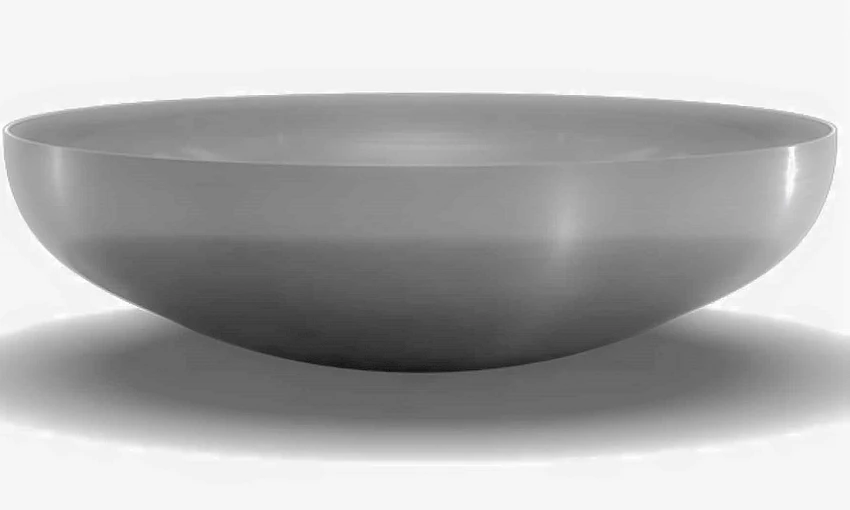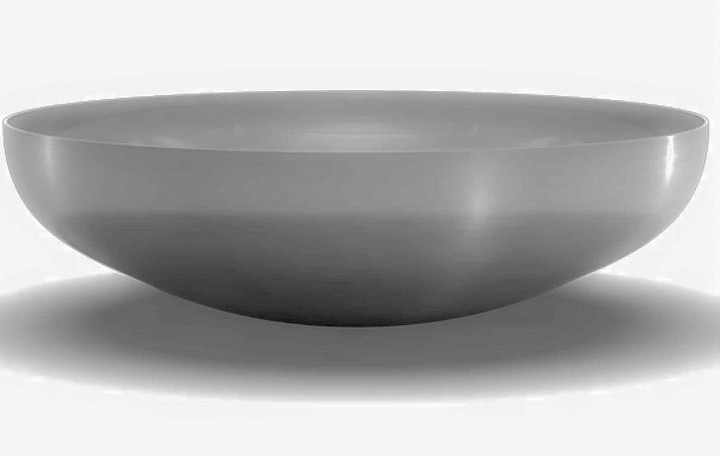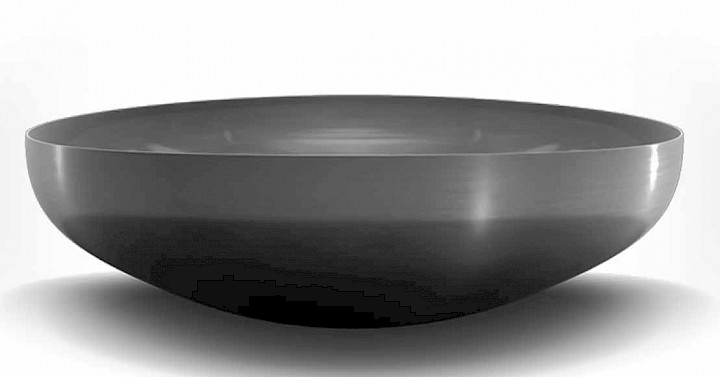
What are the Types and Applications of Dished Ends?
Dished ends, also known as heads, are critical components of pressure systems, used in a wide range of applications, from pipelines and reactors to storage tanks and industrial mixers. These round or oval-shaped components enhance the durability and safety of systems while optimizing pressure distribution and reducing internal stress. In this article, we will explore different types and forms of dished ends, examining their unique characteristics and applications.

Types of Dished Ends
-
Hemispherical Head: The simplest and most common type of dished end. Its hemispherical shape is ideal for pressure distribution and offers cost-effective manufacturing.
-
Ellipsoidal Head: Offering a more aesthetically pleasing appearance, ellipsoidal heads require less space and material for production.
-
Torispherical Head: With a thinner and longer shape compared to hemispherical heads, torispherical heads withstand higher pressures and generate less internal stress.
-
Flat Head: Flat heads, with their cylindrical shape, are a simple and economical solution used in low-pressure applications.
-
Shallow Dished Head: Similar to flat heads, shallow dished heads optimize pressure distribution and reduce internal stress.
-
Inward Dished Head: Featuring an inwardly curved shape, inward dished heads offer an aesthetically pleasing appearance and improve pressure distribution.
-
Conical Head: Conical heads optimize pressure distribution and require less material for production.
-
Knuckle Head: Knuckle heads, with a knuckle around their edge, are more robust and durable.
-
Flanged Head: Flanged heads have a flange that allows for easy mounting to pipes or other equipment.
Choosing the Right Dished End
Several factors should be considered when selecting the appropriate dished end, including:
-
System pressure and temperature: The dished end must be able to withstand the pressure and temperature values in the system.
-
Pipe or equipment diameter: The diameter of the dished end should match the diameter of the pipe or equipment.
-
Material: The material of the dished end should be selected based on the type of fluid or gas in the system and the need for corrosion resistance.
-
Aesthetics: The shape and appearance of the dished end can be chosen based on the application.
What is the Dished End Blank Diameter?
The dished end blank diameter refers to the distance from the outer edge of the dished end to its center point. This measurement is meticulously determined using engineering calculations to ensure a perfect fit with the equipment body. The blank is precisely cut, welded, and pressed at the center to achieve the desired shape. After these processes, the dished end perfectly matches the equipment body it will be attached to.

Applications of Dished Ends:
Dished ends are utilized in various sectors, applications, and equipment, including:
-
Reactors
-
Stainless steel tanks
-
Shell and tube heat exchangers
-
Pressure vessels
-
Industrial mixers
-
Autoclaves
-
Stainless steel filters
What is an Ellipsoidal Head?
Ellipsoidal heads are steel components used in pressure systems. With their smooth elliptical shape, these heads enhance the durability and safety of the system, optimize pressure distribution, and reduce internal stress.
Advantages of Ellipsoidal Heads:
-
Aesthetic appearance
-
Compact size
-
Reduced material usage
-
Higher pressure resistance
-
Less internal stress
What is a Torispherical Head?
Torispherical heads, playing a crucial role in pressure systems, are a special type of closure with a hemispherical top and a cylindrical body. This intelligent design provides superior pressure distribution and impact resistance, offering reliability and robustness in various applications such as tanks, reactors, and pressure vessels.
Advantages of Torispherical Heads:
-
High-Pressure Resistance: The unique geometry of torispherical heads evenly distributes pressure within the system, allowing them to withstand higher pressures compared to traditional heads. This feature offers a range of advantages in high-pressure environments such as those found in the chemical, energy, and oil industries.
-
Efficient Internal Volume: The cylindrical body of torispherical heads provides maximum internal volume for pressure vessels, enabling increased storage or processing of liquids or gases. This translates to cost savings in system design and operation.
-
Versatile Applications: The versatile design of torispherical heads makes them suitable for a wide range of applications, including tanks, reactors, pressure vessels, and more. This makes them an ideal solution for engineers and designers in various sectors.
-
Design Flexibility: The radius, thickness, and other parameters of torispherical heads can be optimized according to the specific needs of the system. This allows engineers the flexibility to meet the system's pressure requirements and volume constraints.
Writer:
Professor Doctor Mustafa Yaşar
Industrial Design Engineer






































